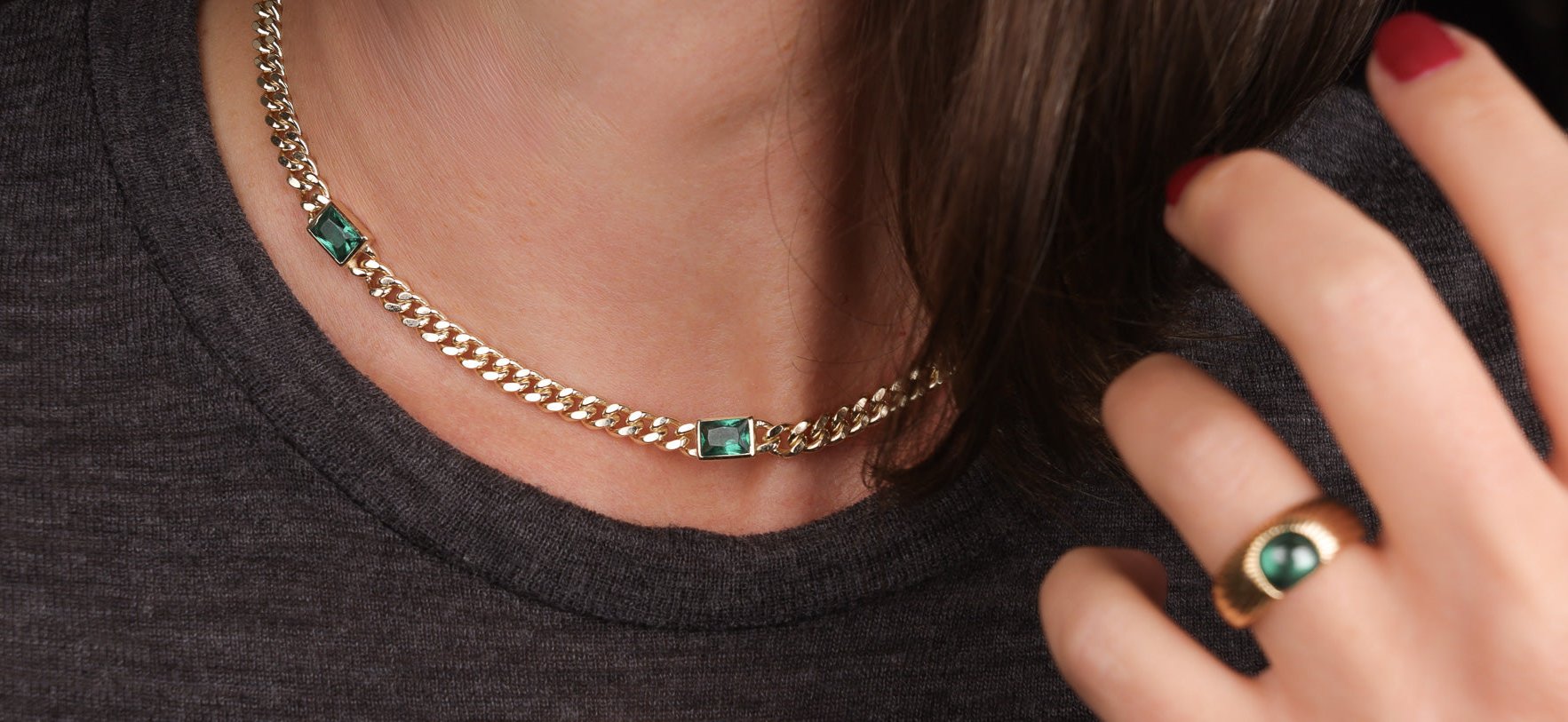CUT
Why Is The Cut Of A Diamond Important?
The cut of a diamond is one of the four C's (cut, carat weight, color, and clarity) that determine a diamond's quality and value. The cut of a diamond refers to how well the diamond has been cut and shaped to maximize its potential brilliance and sparkle. A well-cut diamond will reflect light back to the viewer's eye and create the appearance of fire and brilliance. A poorly cut diamond will appear dull and lack luster. It should not be confused with the shape of a diamond which refers to the diamond's overall form, such as round, princess, or cushion. The angle, depth, and symmetry of a diamond are all factors that determine its cut quality. A well-cut diamond will have symmetrical angles and a balanced depth to allow for maximum light return.
The Gemological Institute of America (GIA) grades diamond cuts on a scale from Excellent to Poor. The highest quality cut is considered to be "Ideal" or "Excellent" and the lowest quality cut is considered "Poor". It's also worth noting that while a good cut can make a diamond appear more beautiful and valuable, it can also affect the diamond's carat weight. A well-cut diamond can appear larger than a poorly cut diamond of the same carat weight, and therefore be more valuable.
Skilled craftsmen scrutinize each diamond to determine the best cut for a stone that will maximize brilliance through a balance of proportion, symmetry, and polish. The cut has the greatest effect on a diamond’s beauty and it is one of the first things you visually notice about a diamond besides its size.
While it may seem like a given that diamond cutters would cut a diamond for the most brilliance, fire, and scintillation, other factors are also considered. Depending on the cutter, they may decide to cut to retain as much carat weight as possible which will leave a diamond too deep or too shallow for optimal light reflection. In another case, the diamond may be cut to minimize the appearance and number of inclusions which will enhance clarity but diminish sparkle.
The GIA grades diamond cut on a scale of Excellent, Very Good, Good, Fair, and Poor. It is the most complex of the 4Cs to analyze because it is a subjective quality by nature and takes into account many other features of the diamond to conclude an overall grading. The important thing to remember is that cut grading is not absolute. Many clients assume that an Excellent cut automatically means it is more brilliant and sparkly than a Very Good cut, but brilliance is complicated and can be affected by various factors. It is recommended that the best way to choose a diamond is still to see it and to compare selected finalist in person.

BrillianceThe brilliance of a diamond is its ability to reflect and radiate white light. Diamond cutters aim to create a high level of brilliance by cutting physical and virtual facets on the stone. Physical facets are the cuts on the diamond, and virtual facets are the flashes of light that appear due to these cuts. Light entering the diamond is reflected off multiple surfaces, creating a multiplier effect that makes the diamond appear to shine more brightly. A diamond with more physical facets will have more opportunities for light to reflect and create this dazzling display. |
FireThe light that we see as white is actually made up of a spectrum of colors. When light waves hit a surface, like a diamond, they slow down and scatter into their individual colors, creating a shimmering display. This effect is called dispersion or "fire" and it gives diamonds a beautiful and vibrant appearance. A well-cut diamond will show flashes of colors, including red, orange, yellow, green, blue and purple, as light bounces off its facets. A precise cut is crucial for maximizing the diamond's dispersion potential, as an imprecise cut will not scatter light as effectively and will result in less vibrant colors. |
ScintillationScintillation is the dynamic sparkle of a diamond caused by the interplay of white and multi-colored light. It is visible when the diamond is moved in the light and the facets split white light into a spectrum of colors, creating dancing sparks on the surface. The contrast between the bright white light and darker colored flashes refracted through the inner facets creates the overall sparkle. A well-cut diamond has a balance of light and dark areas, which maximizes the scintillation effect. If the light escapes through the pavilion and culet, the scintillation will be less pronounced. |
Featured collection












